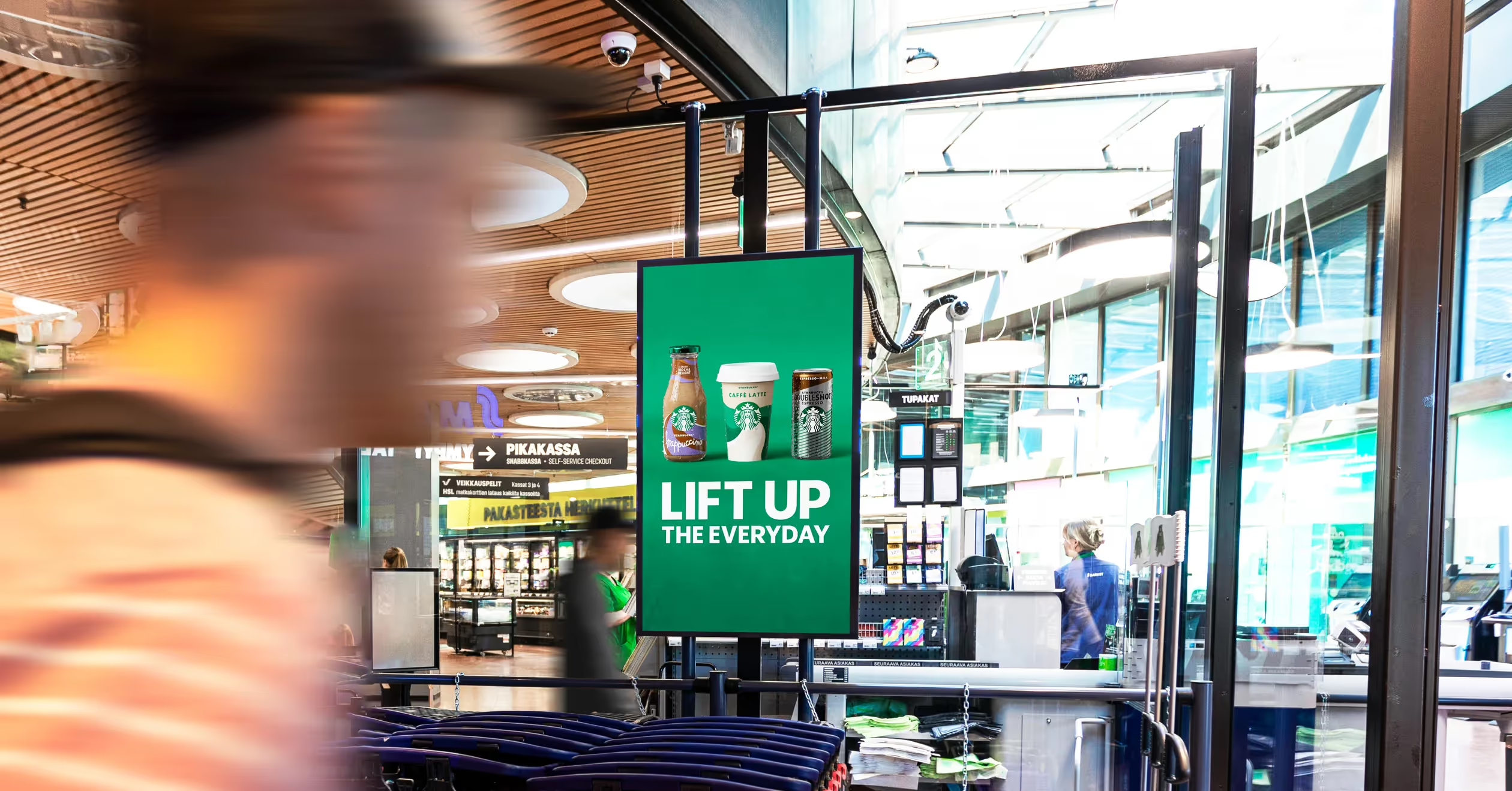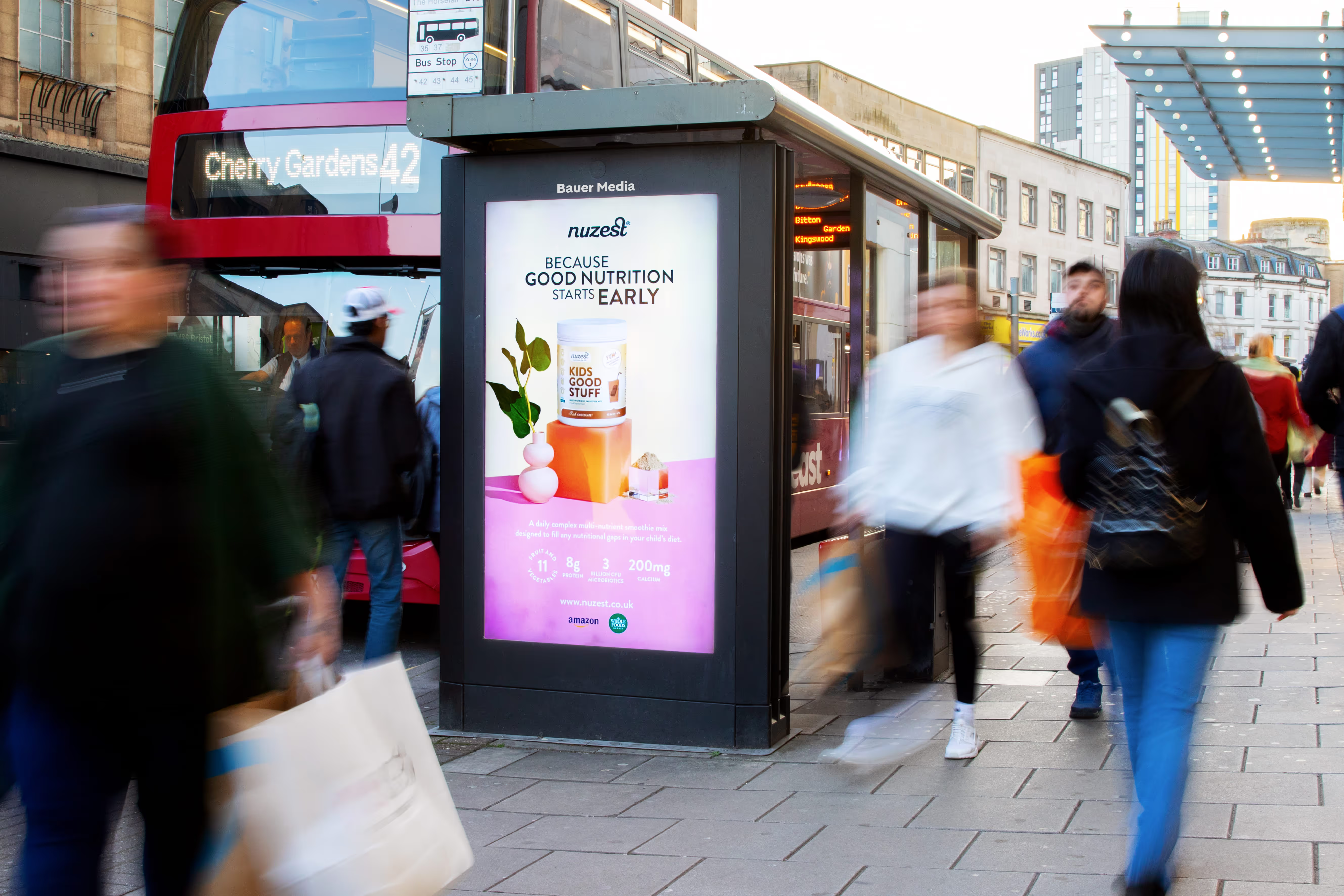

How is the purchase decision made in grocery stores?


How is the purchase decision made in grocery stores?
In March 2023, we conducted a consumer survey with Norstat Finland, which examined how purchasing decisions are made for different products in eight main categories and over 70 product groups. The target group of the survey were Finns aged 18-79 years old who shop in grocery stores (n=1031).(1 Read more about the survey results!
The main objective of the survey was to find out for which products the purchase decision is spontaneous and for which products the decision to buy is made before entering the store. For milk (animal-based) and butter/margarine, the decision on product category and brand is most often made before entering the store, while cold coffee drinks, smoothies, plant-based crisps and bakery products are clearly the most spontaneous products to enter the consumer's shopping basket.
Motives for shopping in shops
The majority of Finns (96%) shop at the grocery store at least once a week. Daily or almost daily shopping is particularly popular among families with children and especially among those living in and around the Helsinki metropolitan area.
The most common reason why Finns shop at the grocery store (estimated last visit) is to get a small replenishment. Other motives for going to the store include picking up a particular missing product and making larger purchases at once. More planned large purchases are particularly pronounced among pensioners and people over 50 years of age. Young people and students, on the other hand, often pop into the shop to pick up a single meal or a treat on a whim(2 )
Eagerness to buy groceries
The products most often (at least weekly) in the shopping basket of Finns are fruit, dairy products (milk, processed cheese and spoonable yoghurts), bread and various processed meat products. The least frequent weekly purchases (of the product groups surveyed) are baking pastries and products related to household care, cosmetics and hygiene.
The biggest difference between women and men is, unsurprisingly, in drinks. For men, beer, fresh juice, coffee and soft drinks are clearly more common. Men are also more likely than women to find a grilled sausage in a shopping bag. Women are more likely than men to buy fruit and berry pies. The shopping basket of people under 50 is generally more varied than that of older people. The shopping basket of the over-50s is dominated by dark bread, fresh fish and processed fish and coffee sandwiches. The main items in the shopping baskets of younger people compared with older people are soft and energy drinks, treats (chocolate bars and bars, candy bags and crisps) and minced meat(1)
The decision to buy
The main purpose of the study was to identify which products are more likely to be the subject of a spontaneous purchase decision and which products are the subject of a purchase decision before entering the store, both in terms of product category and brand.
On average (73 product groups), one in three products ends up in the basket completely spontaneously without prior planning (ignoring the fact that product groups differ in terms of purchasing age). For almost one in two (45%) products, the product group is already decided in advance at the time of purchase, but the brand choice is only made in the store. The decision on product group and brand is already taken before the store entrance for 22% of products on average.
If we look at the overall product group rather than the individual product group, men are somewhat more spontaneous than women when it comes to grocery shopping. Young (18-29 years) and middle-aged (40-49 years) men are the most spontaneous. Older women (aged 60-79) are the most planned in terms of both product category and brand (1
Summary of the survey - see at the point of purchase!
To summarise, a large proportion of consumer choices are often made in the moment, especially when it comes to brand choice. As a marketer, if you want your product to end up in consumers' shopping baskets, it is important to know your target audience, their behaviour and, above all, to be visible at the most important moment in the consumer's purchase path - just before they buy!
In-store advertising has been proven to be an effective way to get the consumer's attention: 86% of Finns say they have noticed advertising in a grocery store. Most importantly, in-store media is also perceived to stimulate interest in the advertised product and activate purchases: 44% of Finns say they have bought a product they have seen on digital advertising screens. In-store digital displays are perceived as a good source of information, with 34% saying they would like to see information about new products. Digital in-store media can therefore be said to serve the consumer by providing shopping inspiration and making it easier to choose a product(3 )
Discover our Store Digital network »
Author of the article:
Kristian Fagerström, Bauer Media Outdoor (Insight Manager)
040 - 70 33 444, kristian.fagerstrom@bauermediaoutdoor.com
Sources:
1) Purchase decision in grocery products survey, March 2023 (Norstat Finland)
2) Shopping in stores survey, December 2022 (Taloustutkimus)
3) Shopping Path Survey 2018, September 2018 (Consumer Compass)

